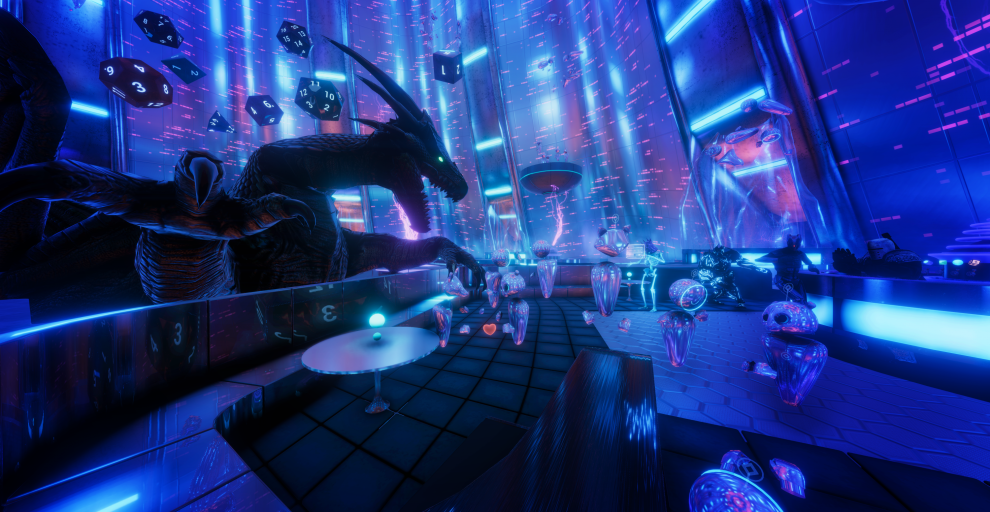By Nick Davidge
In the last four weeks, our collective world has shifted in ways that we are still struggling to comprehend. It’s changing our social norms and traditions, and forcing us to rethink the ways we connect, create, and share on a fundamental level.
But what does this mean for marketers? As consumers divert spending to necessities like food and rent, research indicates that they’re also looking to technology to provide them with another essential service—escapism.
With many of the pastimes we’re accustomed to off limits, demand for virtual entertainment has skyrocketed. Virtual reality company Oculus’s latest offerings are only just being made available after months of back orders. Houseparty, a video chat application from Epic Games that allows users to connect and play in real time, got over fifty million signups in the last month alone. And Twitch, the service that allows gamers to stream real-time game play, is experiencing an unprecedented increase in viewership. But these kinds of technologies aren’t just about gaming.
While the first few weeks of the pandemic saw a global tsunami of music performances from living rooms, backyards, and home studios, artists are now looking to up the ante. A new generation of tech savvy performers are looking to create experiences in virtual worlds that allow their fans to interact and explore these bespoke musical playgrounds on a deeper level.
Wave, formerly TheWaveVR, specializes in fully virtual shows. They worked with violinist Lindsey Stirling to give her fans the ability to interact with and explore her specially-created environment, complete with missions and unlockable levels as the show progressed. Epic Games created a custom stage environment inside its phenom game platform Fortnite, allowing Red Light artist Marshmello to perform in-game for 10.7M users from around the world.
Other game engines are looking to get in on the act as well. The classic emo band American Football headlined a virtual COVID-19 relief festival in Minecraft, along with bands Baths and Anamanaguchi, with people purchasing tickets to a VIP section that included exclusive merch for their in-game avatars. The sky is really the limit, because now there’s an eager, engaged audience looking for platforms that provide new, immersive experiences from musicians and deliver them in ways that feel more akin to real live shows than the traditional livestream format.
But there are still technological challenges, and improved bandwidth will be one of the big game changers. “In truth, there were more than 100,000 instances of the Marshmello concert, all of which were slightly out of sync and capped at 100 players per instance,” said Matthew Ball, analyst and former Amazon Studios strategist. “Epic can probably do more than this today, but not into several hundred, let alone millions.”
That’s all about to change. With the wider adoption of 5G, and with a host of new 5G-enabled handsets scheduled to drop later this year, the possibilities for large scale virtual events are exponential. Your phone will become the gateway to explore these musical landscapes and the brands that are able to play in this new world will win big.
“Snapdragon is the world’s best mobile processor platform. It brings 5G to life,” says Cristiano Amon, President Qualcomm incorporated. “…It will absolutely transform live music, not only for the fans but for the artists too.”
In a future where periods of mandated isolation are a distinct possibility, virtual will quickly become the new reality. Brands need to find ways to be part of this quickly evolving landscape and deliver experiences that define company values in unique and exciting ways. These virtual playgrounds can be whatever marketers want them to be, partnering with artists to create dynamic worlds that can be reskinned and reimagined to adapt to quickly shifting trends.
“Technology is a big driver for creativity,” says DJ Steve Aoki. “With 5G at our fingertips, we’re able to build an experience that has never been done before. That’s why I’m on this earth. I connect with people with my art and I live off that.”
VR gives us new ways to track, engage, and incentivize consumers, and the only limitation is how creative the brands want to be. It’s an exciting digital frontier and the marketers that get in on the ground floor will be the ones who write the rules.






